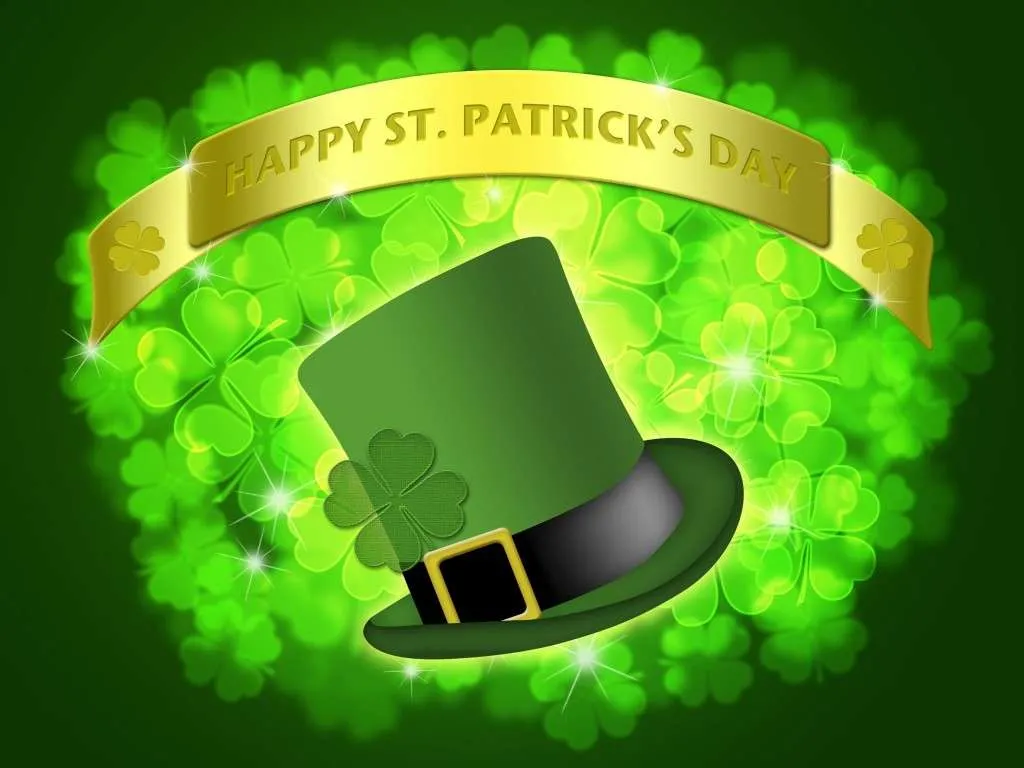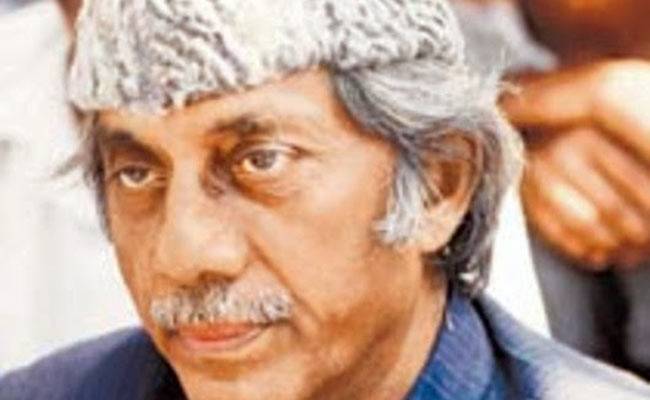Introduction:
St. Patrick’s Day, celebrated on March 17th, is a vibrant and joyous occasion that honors the patron saint of Ireland, St. Patrick. Steeped in history, tradition, and cultural significance, this day serves as a poignant reminder of the enduring legacy of Irish heritage around the world. Let’s embark on a journey to explore the depths of St. Patrick’s Day and uncover the myriad ways in which it is celebrated.
Origins and Legends:
St. Patrick, born in Roman Britain in the late 4th century, is credited with bringing Christianity to Ireland and driving out snakes from the island—a feat often regarded as symbolic of his conversion of the pagan Irish people to Christianity. While much of St. Patrick’s life is shrouded in myth and legend, his influence on Irish culture and spirituality is undeniable.
The date of March 17th is believed to coincide with the anniversary of St. Patrick’s death, although historical records are scant. Over time, St. Patrick’s Day evolved from a religious feast day into a secular celebration of Irish identity, culture, and heritage. Today, it is celebrated with gusto by people of Irish descent and enthusiasts of Irish culture worldwide.
Celebrations Around the Globe:
St. Patrick’s Day is synonymous with lively celebrations, parades, and the wearing of green—a color associated with Ireland’s lush landscapes, folklore, and the “wearing of the green” as a symbol of national pride. Cities around the world, from Dublin to New York City, come alive with festivities that pay homage to Ireland’s rich cultural tapestry.
In Ireland, St. Patrick’s Day is a national holiday marked by parades, concerts, traditional music sessions, and the lighting of iconic landmarks in green. The festivities showcase the best of Irish culture, from Gaelic dancing to traditional music performances, fostering a sense of unity and camaraderie among communities across the Emerald Isle.
In the United States, St. Patrick’s Day is celebrated with equal fervor, particularly in cities with large Irish-American populations such as Boston, Chicago, and New York City. Parades featuring elaborate floats, marching bands, and Irish dancers draw spectators from far and wide, while pubs and restaurants serve up traditional Irish fare and Guinness—a quintessential part of the St. Patrick’s Day experience.
Cultural Significance:
Beyond the revelry and merriment, St. Patrick’s Day holds deep cultural significance for the Irish diaspora and those with a connection to Irish heritage. It serves as a reminder of the resilience, creativity, and spirit of the Irish people, who have overcome adversity and hardship throughout history.
St. Patrick’s Day also provides an opportunity to showcase Ireland’s contributions to art, literature, music, and cuisine, from the poetry of W.B. Yeats to the melodies of traditional Irish folk music. It celebrates the warmth, humor, and hospitality for which the Irish are renowned, inviting people of all backgrounds to join in the festivities and embrace the spirit of inclusivity and goodwill.
Moreover, St. Patrick’s Day serves as a catalyst for cultural exchange and dialogue, fostering connections between people from different parts of the world who share a common appreciation for Irish culture and heritage. Through music, dance, storytelling, and the sharing of traditional foods and drinks, St. Patrick’s Day bridges divides and celebrates the diversity of the human experience.
Conclusion:
In conclusion, St. Patrick’s Day is more than just a day of revelry—it is a celebration of resilience, heritage, and community. Whether you’re donning a green shamrock, raising a glass of Guinness, or tapping your feet to the rhythm of an Irish jig, St. Patrick’s Day invites us all to embrace the richness and diversity of Irish culture and to revel in the bonds that unite us as a global community. So, as we celebrate St. Patrick’s Day this year and in the years to come, let us raise our voices in song, dance with joy, and honor the legacy of St. Patrick and the enduring spirit of Ireland. Sláinte! (Cheers!)






